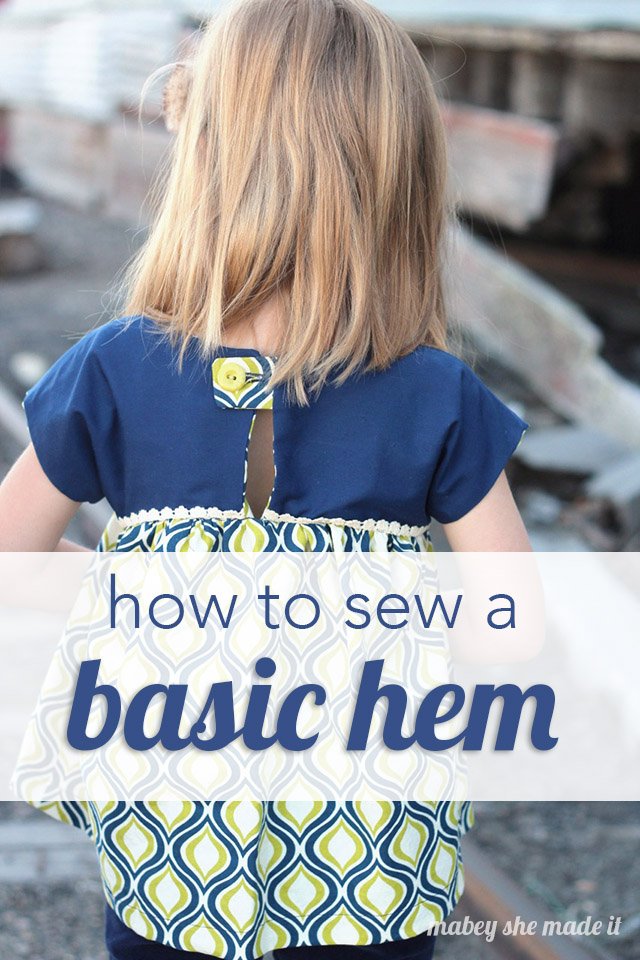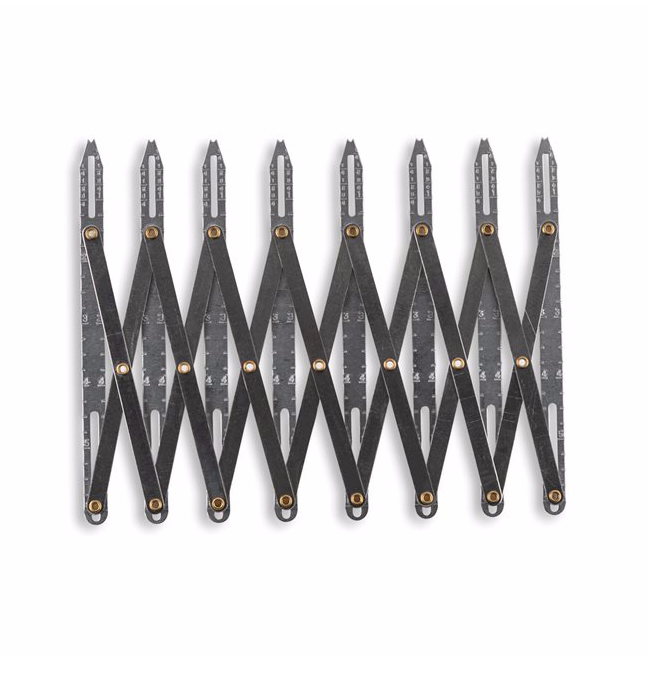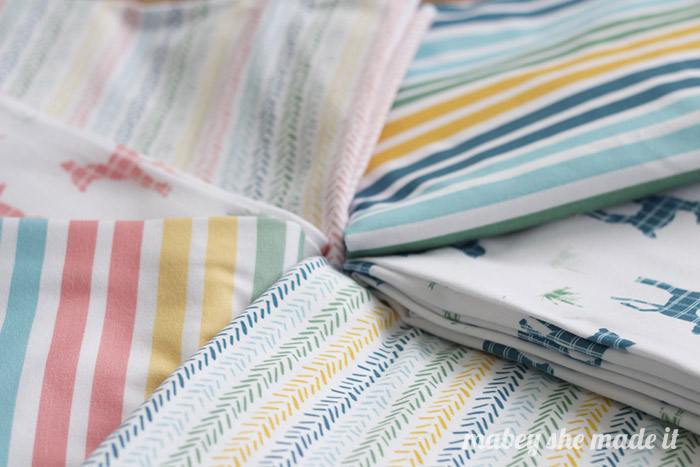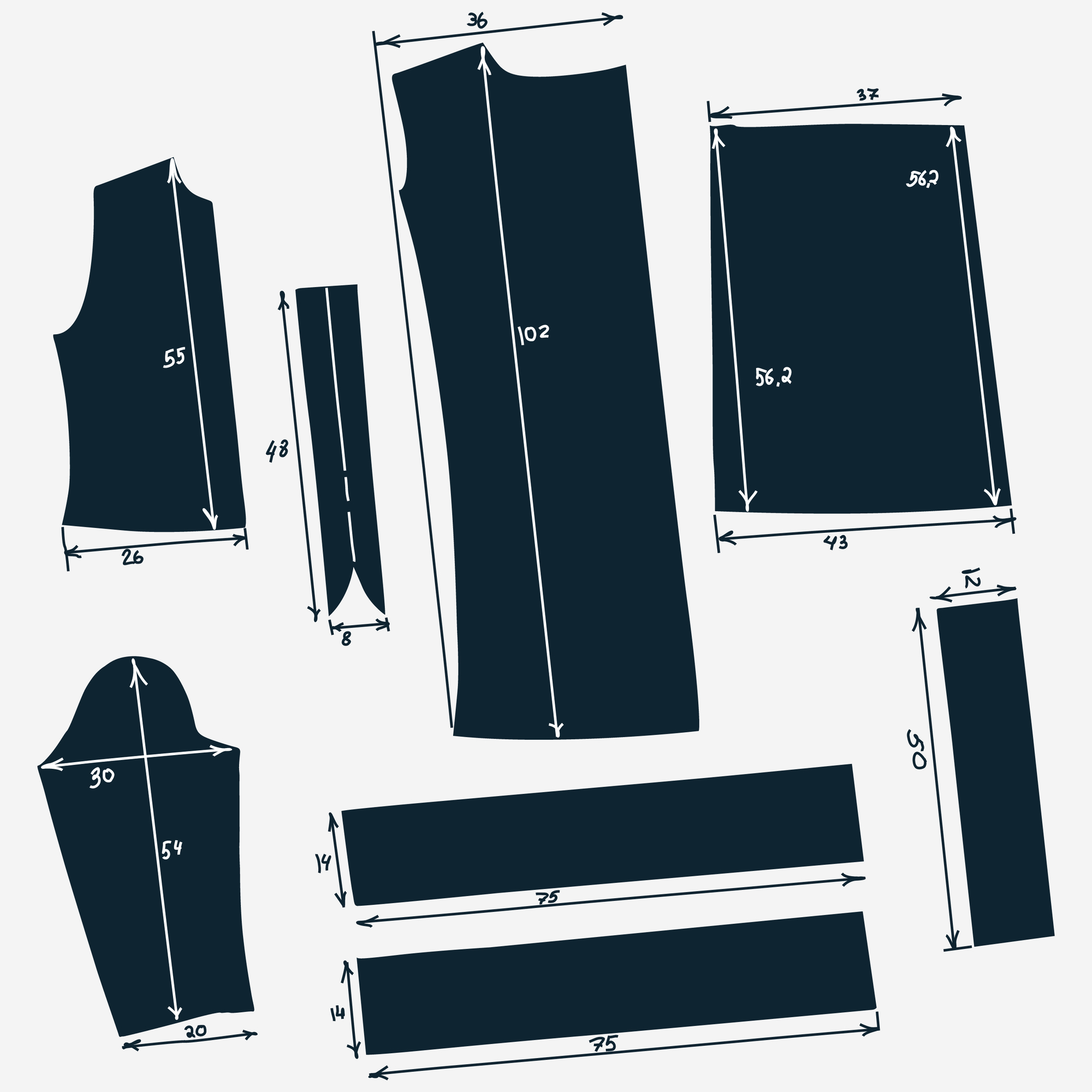
Sometimes I get so wrapped up in creating a big project that I don’t think about the basics of sewing. But those basics, like how to sew a hem, are so important to the big picture. So when I got a request to cover things like hemming and zippers and buttonholes, I realized I was leaving some of you to figure things out on your own instead of walking you through it. So today we’ll start with hemming, and go from there. We’ll talk about how to sew a hem with a sewing machine and with a serger since they’re similar but slightly different.
*The hem for this project was on this Izzy Top from last week.
You’ll need:
- A ruler, piece of card stock, or sewing gauge
- Fabric to be hemmed
- Iron
- Sewing machine and coordinating thread
How to Sew a Hem on a Sewing Machine
- With your fabric right side down, fold your fabric down 1/4″ and press the whole length of the fabric. To get an even fold, you can either use a sewing gauge or a piece of card stock you’ve marked with different measurements. The sewing gauge has an adjustable piece that you slide to whatever measurement you need so you can easily keep your fold the same.
 The card stock does the same thing, but is actually faster since you can just fold your fabric and press with it right there.
The card stock does the same thing, but is actually faster since you can just fold your fabric and press with it right there.
- Fold and press the same edge again, this time the width you want your hem (the hem length is often stated in a pattern). This second fold hides the cut (raw) edge on the finished piece so you don’t get frayed edges. I usually like a fatter hem so I’ll often cut my pieces a little longer than the pattern calls for so I can have a thicker hem.

- Sew along the folded edge, keeping the stitches near the edge. For hems, I like to increase my stitch length a little for a cleaner look.

How to Sew a Hem on a Serger
- Serge the raw edge of your fabric to encase the edges and keep the fabric from fraying.

- With your fabric right side down, fold your fabric down your hem width and press the whole length of the fabric. To get an even fold, you can either use a sewing gauge or a piece of card stock you’ve marked with different measurements. The sewing gauge has an adjustable piece that you slide to whatever measurement you need so you can easily keep your fold the same. The card stock does the same thing, but is actually faster since you can just fold your fabric and press with it right there.

- On your sewing machine, sew along the folded edge, keeping the stitches near the edge. For hems, I like to increase my stitch length a little for a cleaner look.

The process is the same whether you’re hemming a flat piece of fabric or a tube (like a pant leg, sleeve, or shirt bottom). Once you learn how to sew a hem and practice once or twice you can easily start on easy projects like a baby blanket where you simply sew a hem on all four sides and you’re done!







I'd love to hear your thoughts–leave me a comment!